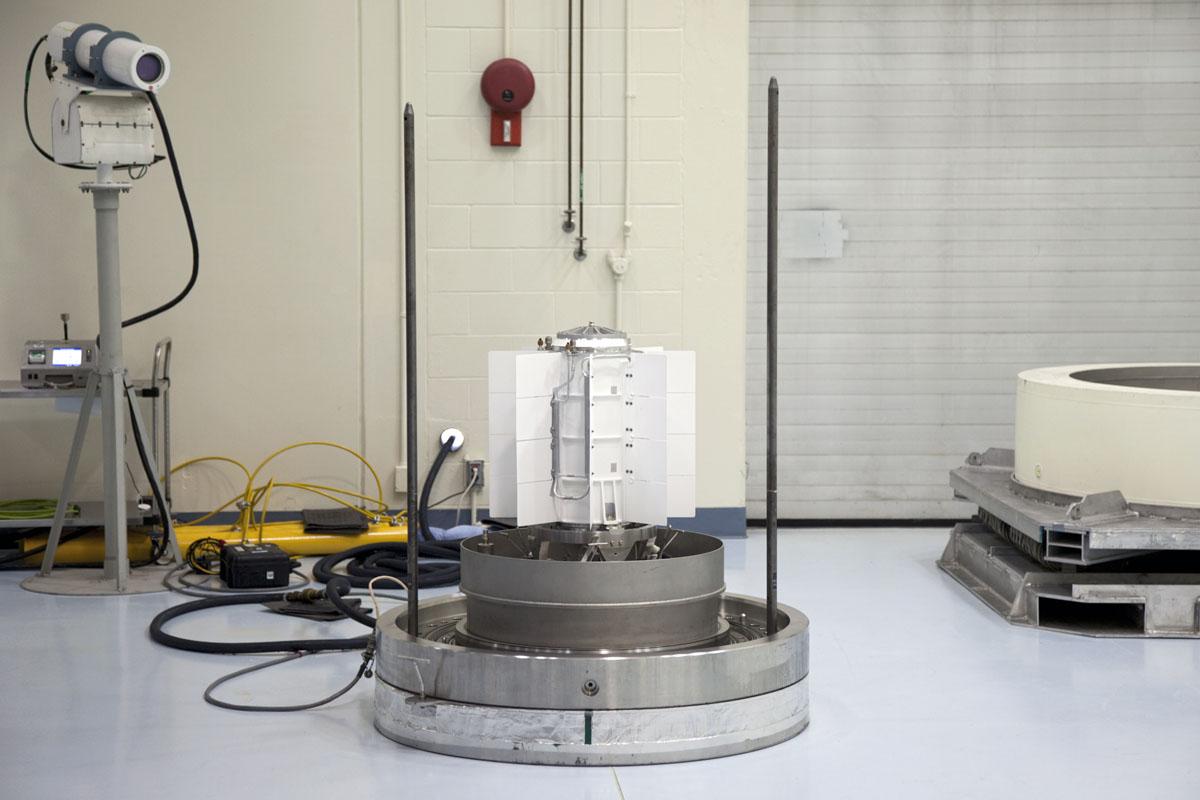D: Yaël, if we’re going to save our civilization from the effects of climate change, we need to find new ways of generating electricity that don’t involve burning fuels and generating greenhouse gases.
Y: Don, physicists know that there is energy available in the temperature difference between a hot object and its cooler surroundings. A thermoelectric device is made of special materials that can capture this energy and convert it directly into electricity, without any moving parts.
D: Thermoelectric devices aren’t important as a source of energy. They aren’t efficient enough. They’re only suitable for a few specialized applications where more conventional ways of generating electricity won’t work.
Y: Well, that could be about to change. In twenty nineteen an international team of physicists published their discovery of a new material that can be used to make much more efficient thermoelectric devices than has previously been possible.
D: That’s amazing. How does this new material work?
Y: It works by producing waves called paramagnons. Typically, when magnetic materials are heated, they just lose their magnetism. The researchers discovered that the materials they studied produce waves of magnetic fluctuation when heated. An electric current, consisting of electrons ‘surfing’ these waves is generated, drawing its energy from the heat source.
D: That’s exciting because there are lots of industrial processes that generate waste heat that today isn’t used for anything. Maybe an efficient thermoelectric system could make use of this heat to generate electricity. Using the waste heat produced by the engine of a car to generate electricity could also make cars more fuel efficient. Maybe this could help us reduce greenhouse gas emissions, after all.










